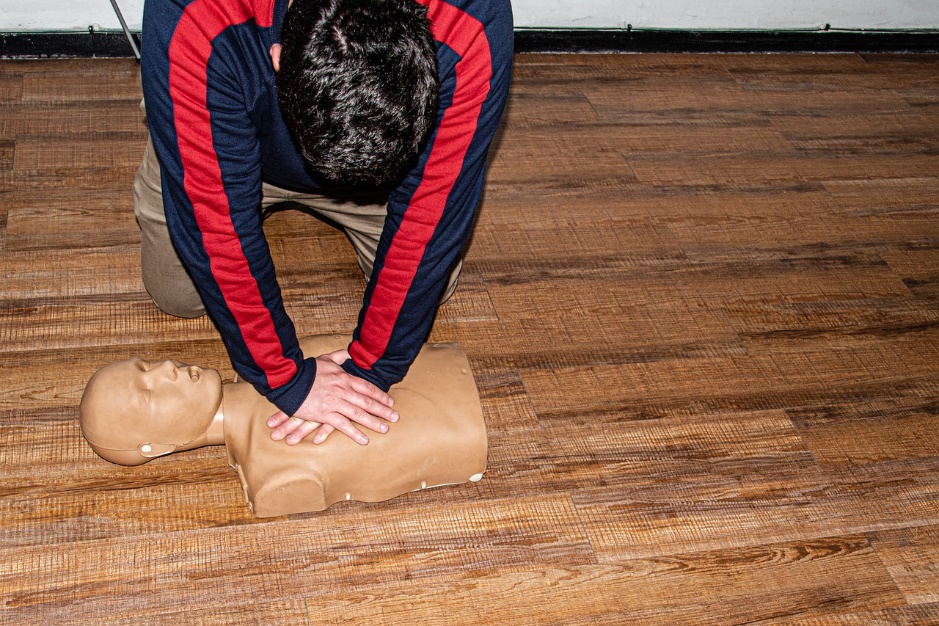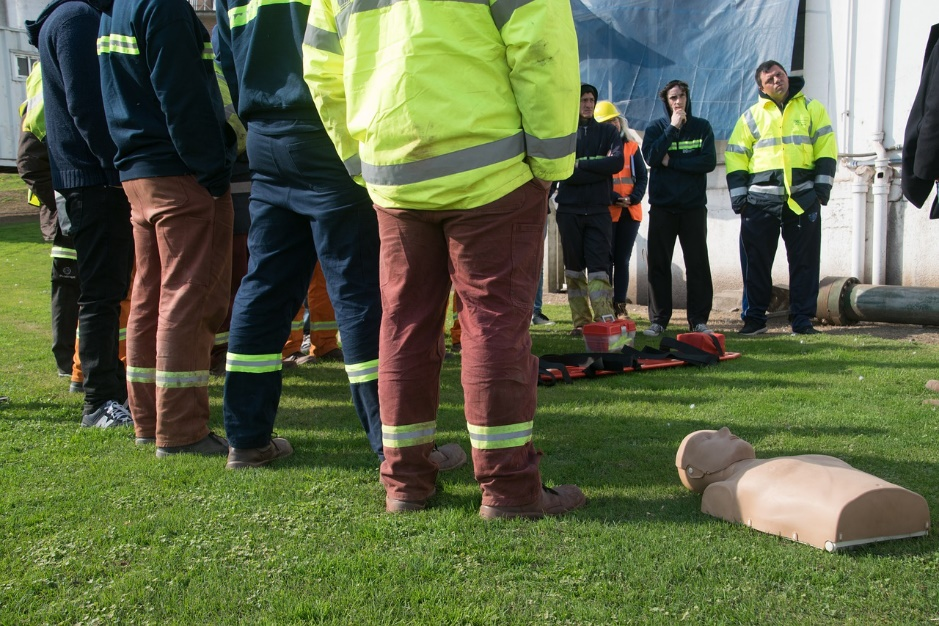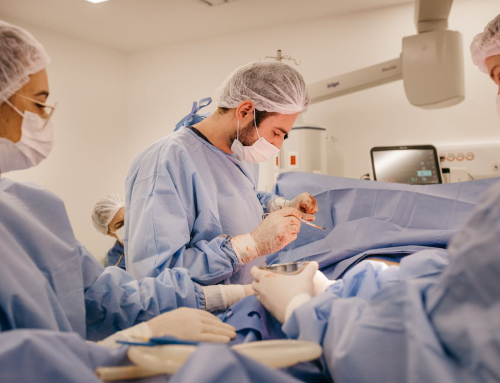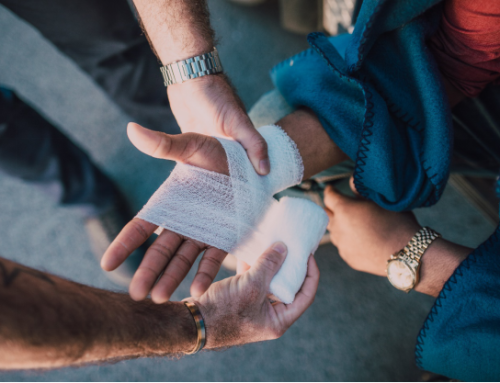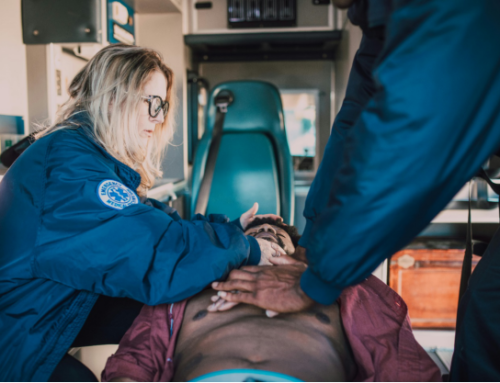Cardiopulmonary resuscitation or CPR is performed when someone’s heart has stopped beating and they aren’t breathing on their own.
There is enough oxygen in the blood when the heart has stopped working to keep the brain and other organs alive for a few minutes. This is when CPR is given; it helps with oxygen circulation in the blood until the affected person can receive specialized medical treatment.
The steps involved in CPR can be described by the acronym “CAB” and remembered as compressions, airway, and breathing
Here is what the CPR process looks like:
1. Compressions
Compressions are used to restore blood flow. You will use your hands to push down hard and fast in a specific rhythm. If you don’t know how to perform CPR, conduct 100-120 compressions a minute until paramedics get there. If you know CPR and are confident in your ability, check for a pulse, and if there is none, perform 30 compressions before giving two rescue breaths.
The process is the same as adults for children aged 1 through puberty, but for a baby (till four weeks old) it’s done differently.
12 years old and older
- On a firm surface, lay the person down and kneel by their shoulders
- Between the nipples, in the center of the person’s chest, place your other hand on top of the other and push down.
- Straighten your elbows and position your shoulder above your hand
- Push down 2 inches but not more than 2.4 inches and use your body weight
- Push hard at a rate of 100-120 compressions a minute and coordinate it to the rhythm of the song “Stayin Alive.” Also, allow the chest to spring back from a compression before pushing down for the next one
- Keep repeating until the medical personnel arrive to take over
Age 1 – 12
For this age group, it’s the same procedure as CAB. For chest compressions, you can either choose to use one hand or both depending on how old the child is and how large the chest area is.
Age 1-4 weeks
It’s is the same CAB procedure for this age group as well but done much more gently. For chest compressions, imagine a horizontal line between a baby’s nipples and place two fingers of one hand just below this line in the center of the chest. You should gently compress to 1.5 inches and push rapidly to a rate of 100-120 compressions a minute.
Airways
For all age groups, after 30 compressions, gently push on the forehead with one hand and lift the chin with the other. Use a gentle motion with babies.
Breathing
For children aged 1-12 and older, after opening the airway, pinch the nostrils shut and breath once, deep from the lungs. If the chest rises, give the second breath, and if not, open the airway again.
The same procedure should be followed for babies, but breath lightly, use almost half a breath and check if the chest rises. Continue giving compressions until the medical personnel arrives with a defibrillator and medical supplies.
CPR can potentially save someone’s life. At Metro Safety Training, we are dedicated to providing quality emergency first aid training and CPR and Red Cross CPR courses in BC. Get in touch with us to book your training now!


